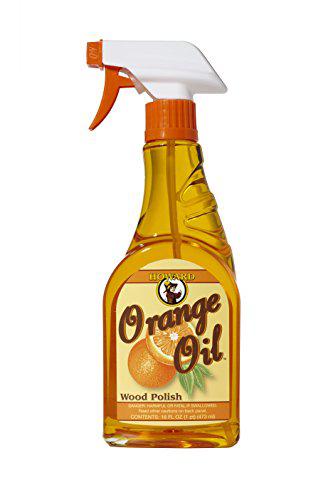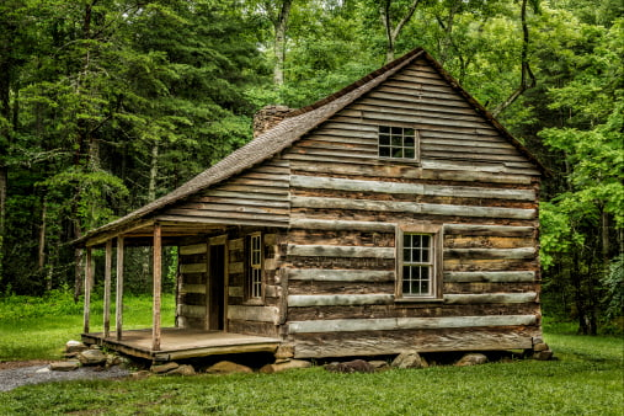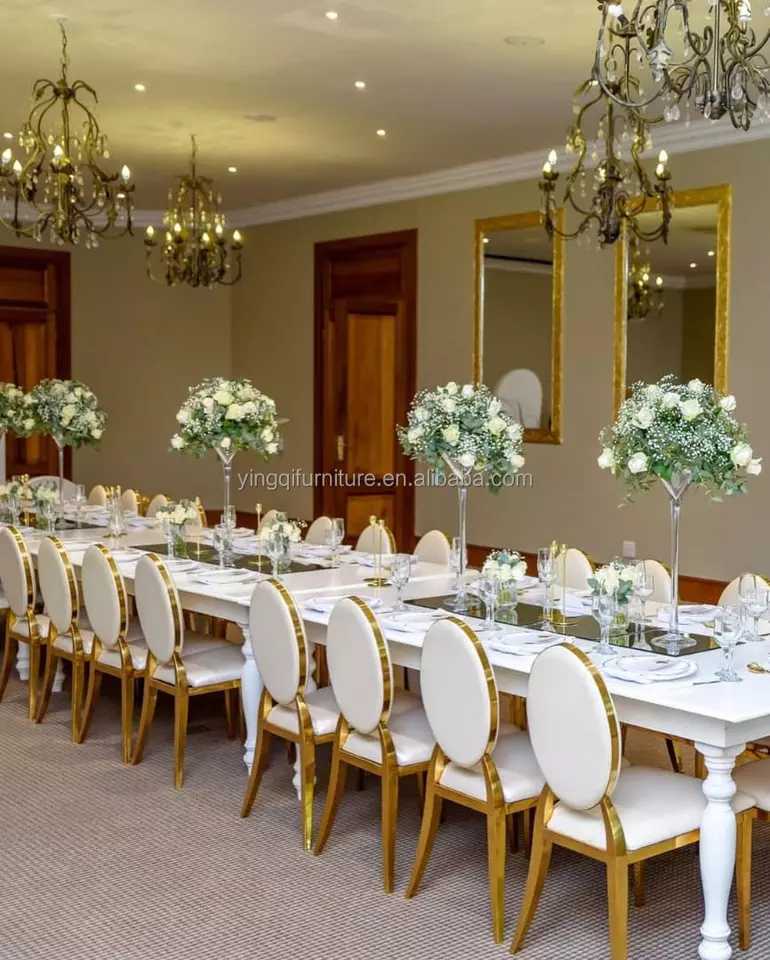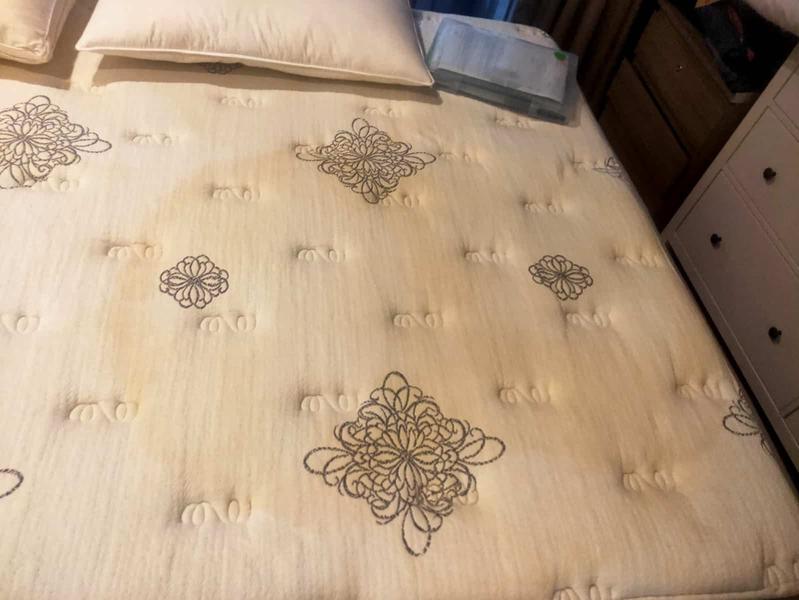Best Wood Polish for Antiques
While the value of an antique piece gradually increases over it’s lifetime, however the condition they are kept in can vastly effect the value of an antique. Polishing wooden antiques should be completed correctly to ensure the item isn’t damaged or devalued.
*Note Conditioning the wood with wax will protect the wood from surface damage, drying out and cracking, it will also keep the varnish or stain in good condition.
Contents
Should I Polish my Antique Furniture?
When in doubt, consult with a professional prior to polishing an antique item.
Many antique appraisers speak about items they have viewed that would have been worth more money if the owner had cared for the item properly.Often untouched antiques sell for higher prices at auction and those cover in lacquer, sanded back or repainted never fetch the same price as and original mint condition piece.
An antique is an item over 100 years old meaning that it is rare to find one in pristine condition. The signs of aging and patinason a piece tell it’s story and the time period in which it was crafted, it also give validity to the age of the item. Collectors generally look for antique pieces that are as close to their original as they can find. Items that have been refinished multiply times are usually passed over or purchased at a lower value unless the items is ultra rare.
If you have a wooden item that has faded paint leave it. Sanding the item back will significantly decrease the price because the majority of time oxidized paint is a true sign to buyers that the antique is an original. Many buyers will steer clear of an antique that has been repainted.

While altering the appearance or characteristics of antique wood is not advised, furniture from a century ago can be brought back to life with a touch of natural bees wax polish and a lot of elbow grease.
Do’s and Don’ts for Cleaning Antique Furniture
If you own a piece of antique furniture you can:
If you own a piece of antique furniture it is recommended you do not:
What are the Best Polishes for Cleaning Wooden Antiques?
For traditional finishes on antique pieces, avoid oil polishes. Also avoid acidic liquids such as orange and lemon oils as these have a tendency to lift up a varnished surface.
Prior to polishing a piece of antique furniture, it is important to clean the entirety of it’s surface first. Do not use water to clean the antique piece, a dry clean will be sufficient. Use a paste wax or similar on a cotton cloth to remove any debris left sitting still on the antique. Once the wax has dried, use a clean cotton cloth to then wipe the antique clean.
Those who have had experience with cleaning antiques have now come to the conclusion that using oil to polish a piece of wood actually darkens the overall color. Wax is now the preferable wooden polish. Wax rather than seeping into the wood creates a barrier on top.
Among the best waxes for antique furniture is those that contain bees wax. Paste waxes, butchers wax and French polish in hard form are highly recommended compared to the liquid waxes that often contain oils.
The wax that you choose will depend on what wood the antique is made from. If you are unsure of what wood you are dealing with, consult with a local antique’s enthusiast prior to applying the incorrect wax.
Wax Polishes Ideal for Antique Wood
#1 Gilboys Selection of Colored and Clear Wax Polishes
Depending on the type of antique wood you wish to polish, will determine which of the Gilboy’s polishing waxes is right for you. Each of their polishing waxes aim to preserve and protect antique furniture and bring back life to dull wood. None of their furniture waxes contain damaging ingredients such as silicone, toluene or petrochemical solvents. Many suggest using English owned wax due to their experience in the antiques industry and the Gilboy’s wax series is no exception.
Gilboy’s Rose Gold Bee’s Wax is ideal for antique furniture made from the following types of wood:
The Antique Gold Wax by Gilboy’s is the most popular as it suits many of the woods predominately used during the late 1800’s and early 1900’s. The types of wood suitable for this wax include:
Pure Gold Wax by Gilboy’s is suitable for light shaded woods such as:
What Material Can I Use to Polish my Antique Wood?
If you have selected a wooden polish from above, you may now be wondering what you should use to apply the liquid or wax with. Cotton clothes can be used to apply the polish on flat wooden antiques while a soft bristled paint brush or toothbrush can be used to polish in nooks and crannies.
If you prefer, an extremely soft wire wool (0000) can be used in place of the cotton cloth. Ensure the wire wool cloth is soft to touch. Many professional prefer to polish using wire wool although if you are worried, stick to using cotton.
*We only suggest using soft wire wool if you are familiar with this technique.
How Can I Use a Wax to Polish my Antique Furniture?
If you have selected a wax it’s now time to put it into action and use some elbow grease to clean up your antique piece of furniture. Whether your antique furniture holds monetary value or sentimental value, prior to using a wax or any kind of polish always consult with a local antiques appraiser to find out if polishing the item will decrease it’s worth.
What Should a Wax Polish Achieve?
Using wax will never repair the damaged surface of an antique that needs a restoration.
If you use a wax polish correctly on a piece of antique furniture it should not only enhance the natural beauty of the wood but it should provide the piece with moisture to prevent it from drying and cracking as well as build a protective layer.
One application of a bees wax polish should be enough for a couple of years. Some antique enthusiasts suggest waxing the antique yearly while others believe once every couple of years is sufficient. The time period between applications will ultimately depend on whether the antique is in use or not. While there are clear waxes and colored waxes available the one you use should compliment the antique rather than alter the original color.
Once an antique item has been waxed a cold cup will leave no mark on the furniture although applying a wax does not make the item heat resistant. If you have an antique table you have waxed, ensure you still use coasters and table clothes to protect it.
What Can I Use to Polish Metal Embellishments or Legs on my Antique Furniture?
If you have a piece of furniture that is both wooden and metal, often antiques incorporates brass finishes, steer clear of products that contain ammonia. Ammonia heavy products are corrosive and can begin to damage the metal found on the antique. Many antique enthusiasts suggest to leave the metal on antique furniture as it often adds to the rustic look of the piece.
Oil Finishes VS Film Finishes for Antique Wood
There are many varieties of wood polishes, some better for antiques than other. Even though the label of a wood polish may suggest use on an antique it is important to do your own research prior to applying it. Using some liquids and materials on an antique item can be irreversible and considerably devalue the furniture.
What is an Oil Wood Finish?
While oil finishes are simple to apply to wood and leave a natural finish, they offer little to no protection to the wood. Linseed oil was among the most popular for polishing wood due to the low cost associated with a bottle. The problem with an oil finish is that the oil seeps deep into the wood. It has now been determined that it is the oil polishes responsible for the darkening of many pieces of antique furniture.
What is a Film Wood Finish?
A film wood finish is preferable for an antique piece of furniture. Film finishes coat the wood rather than seep into it. The film then protects against water marks as well as minor scratches. A bee’s wax polish will allow you to apply a ‘film finish’ to an antique wooden item.
Related posts:
Copyright © 2023 furnitureknowledges.com. All rights reserved.







